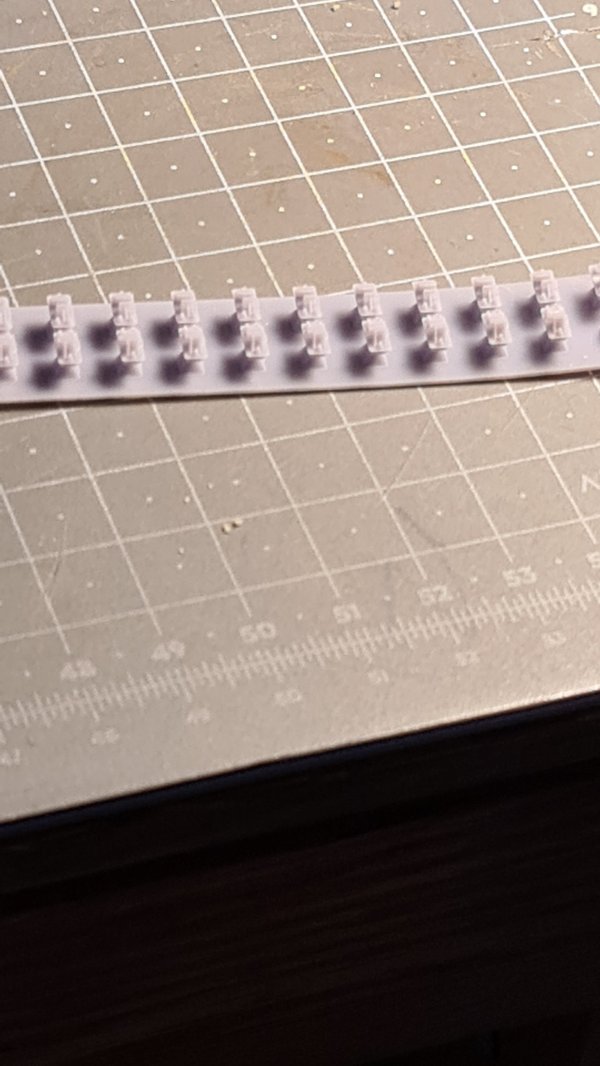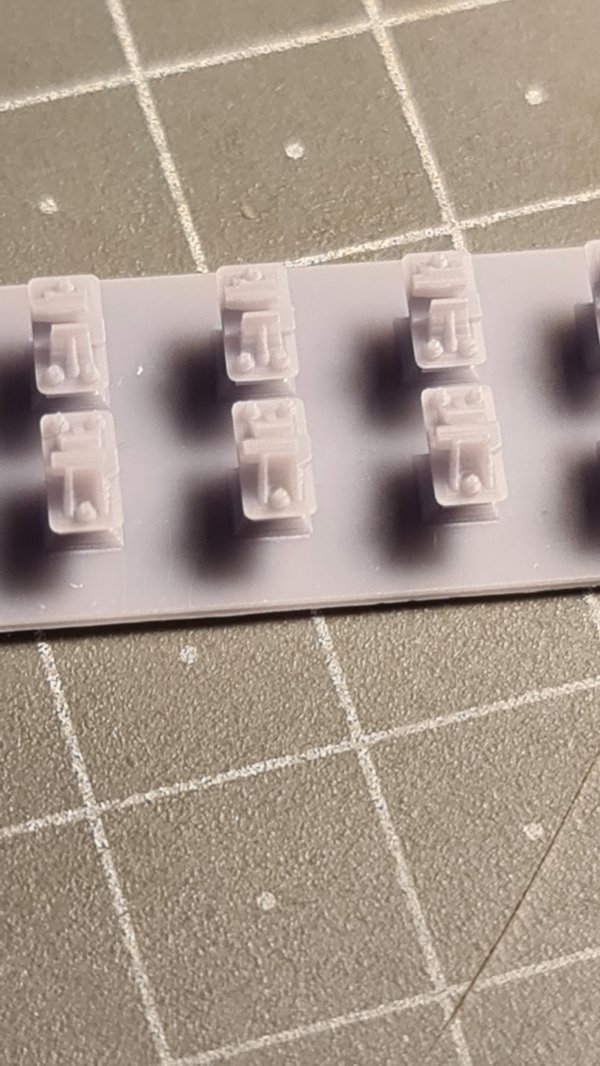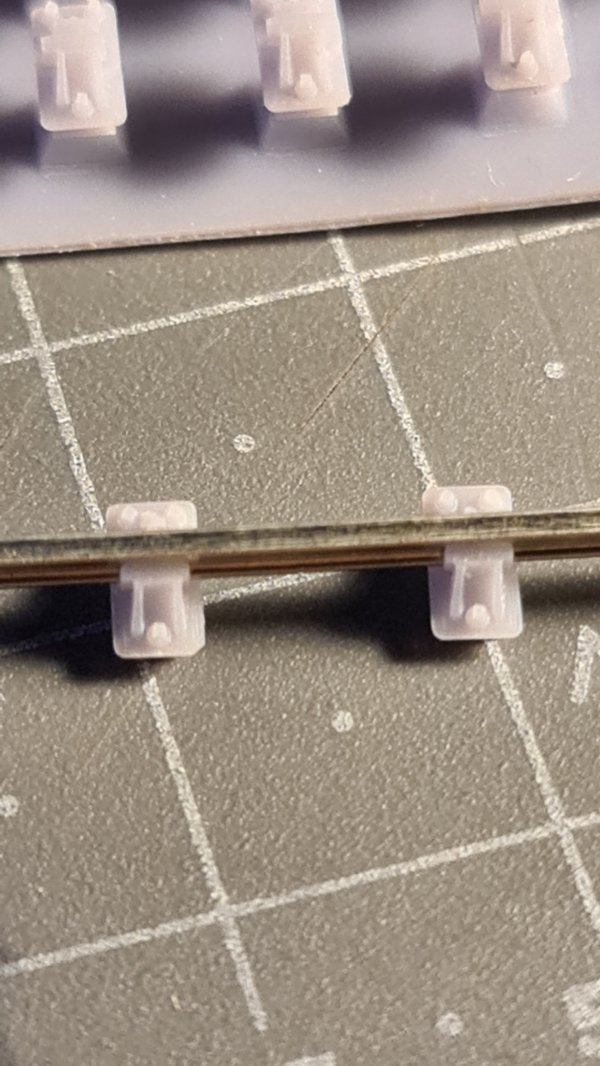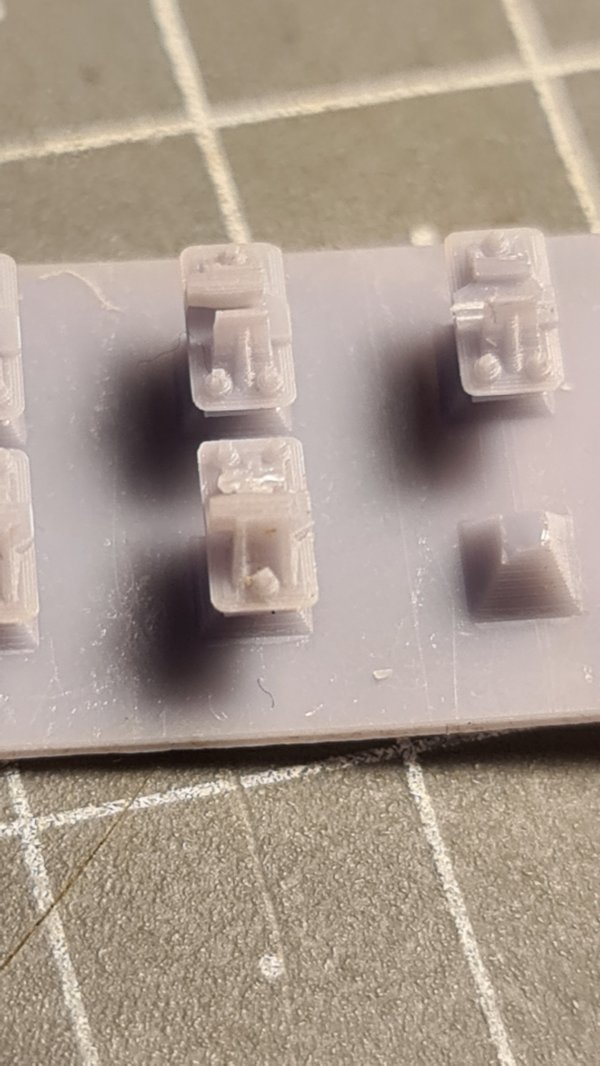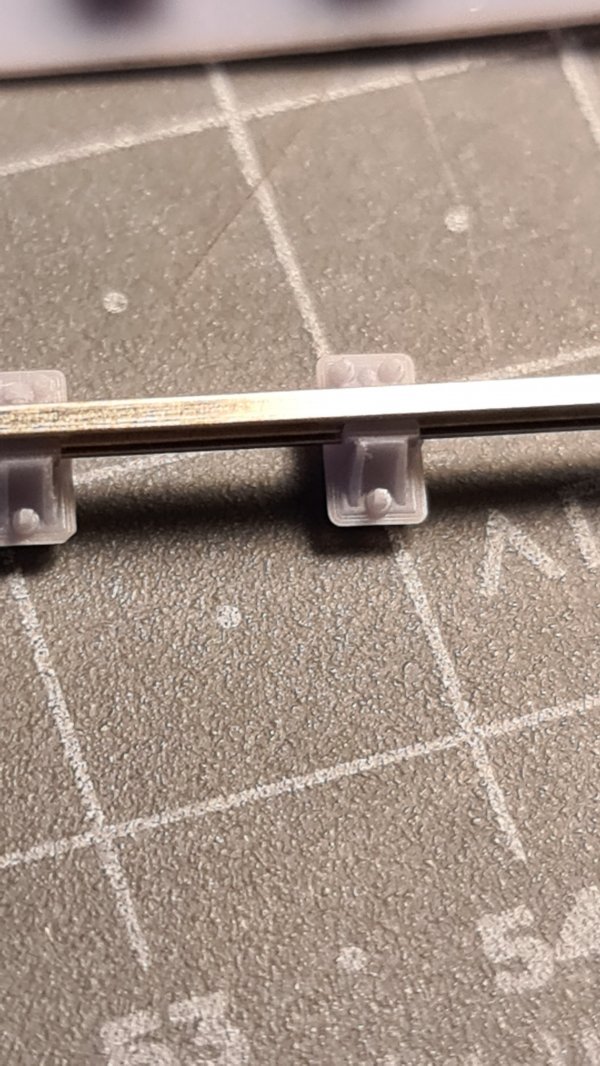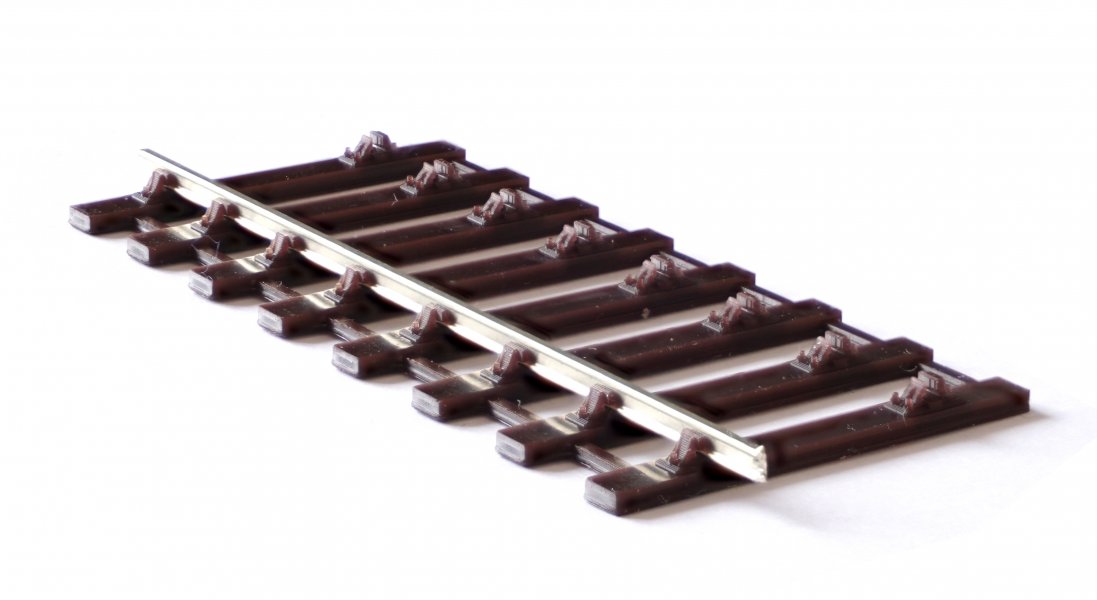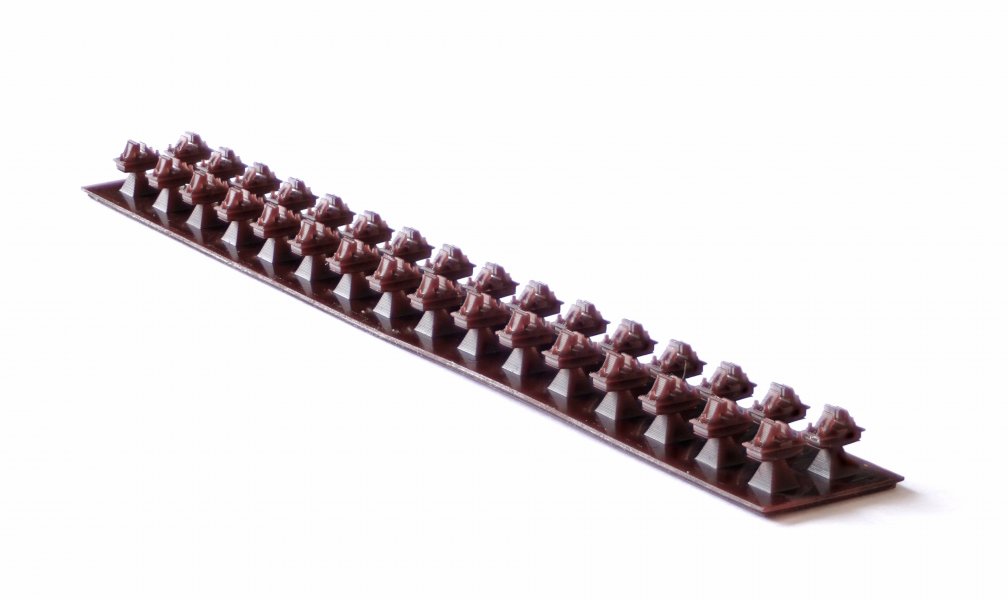Martin Wynne
Admin
- Location
- West of the Severn UK
- Info
.
edit April 2024: This is a very long topic of 2,500 posts, documenting progress of the Templot plug track project from its beginnings in 2021 up to March 2024 - i.e up to program version 244c.
• The early posts in this topic do not represent the current state of the project, but do explain some basic concepts which may not be explained again later.
For up-to-date information, see this later topic: https://85a.uk/templot/club/index.php?threads/891/
The original topic begins below.
14 March 2021
This is a continuation from several previous topics about 3D printed track. Having adopted the name Plug Track to describe these experiments, I have started a new forum section to discuss them.
If you want to receive emails from this new Plug Track section of the forum, you will need to update your forum Watch settings accordingly. For how to do that, go to:
https://85a.uk/templot/archive/topics/topic_3839.php#p31676
• Please be aware that Plug Track is still extremely experimental and in continuing development.
There are various options you can now tinker about with,but very little which is as yet actually usable on your layout.
Very pleased with the first results from the Elegoo printer.
The CAD rendering:

Straight off the printer -- 4mm scale (difficult to photograph without any paint):





cheers,
Martin.
edit April 2024: This is a very long topic of 2,500 posts, documenting progress of the Templot plug track project from its beginnings in 2021 up to March 2024 - i.e up to program version 244c.
• The early posts in this topic do not represent the current state of the project, but do explain some basic concepts which may not be explained again later.
For up-to-date information, see this later topic: https://85a.uk/templot/club/index.php?threads/891/
The original topic begins below.
14 March 2021
This is a continuation from several previous topics about 3D printed track. Having adopted the name Plug Track to describe these experiments, I have started a new forum section to discuss them.
If you want to receive emails from this new Plug Track section of the forum, you will need to update your forum Watch settings accordingly. For how to do that, go to:
https://85a.uk/templot/archive/topics/topic_3839.php#p31676
• Please be aware that Plug Track is still extremely experimental and in continuing development.
There are various options you can now tinker about with,
Very pleased with the first results from the Elegoo printer.
The CAD rendering:
Straight off the printer -- 4mm scale (difficult to photograph without any paint):
cheers,
Martin.
message ref: 816
 Search
Search

